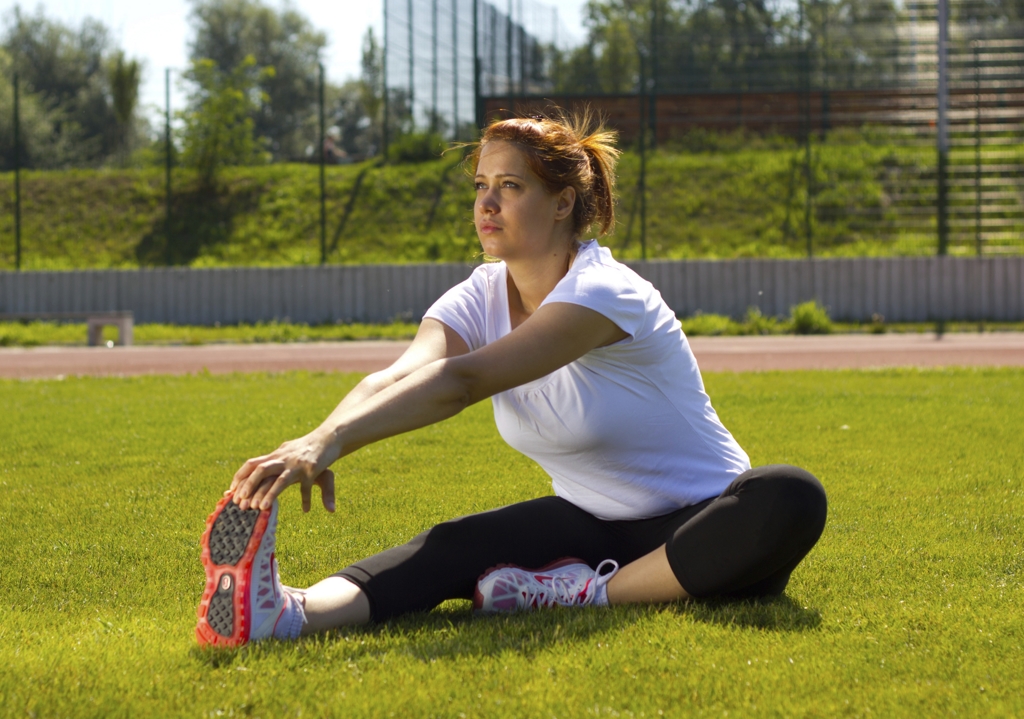Neolife Sports and Exercise Department
Despite the strong impact that obesity has on health, it seems that an even more determining factor in reducing the risk of mortality is physical exercise.
A review published by the American College of Sport Medicine shows that people who are overweight or obese but are physically active, are less likely to develop cardiovascular disease compared to those within a normal weight range but a sedentary lifestyle.
Being overweight or obese
Being overweight or obese is linked to many illnesses such as chronic and cardiovascular diseases. Increased body weight is usually associated with increased blood pressure, which negatively affects the structure and functioning of the heart, increases insulin resistance and the likelihood of developing metabolic syndrome or type 2 diabetes and negatively affects cholesterol levels. Obesity also increases the risk of developing certain types of cancer, bone and joint diseases that hinder mobility, as well as psychological problems, in addition to affecting one’s overall quality of life in general.

Despite the strong impact that obesity has on our health, it seems that an even more determining factor in reducing the risk of mortality is physical exercise. There therefore appears to be somewhat of an ‘obesity paradox’, whereby excess weight may not actually pose a greater risk of developing cardiovascular disease as long as you have a high level of fitness.
The first studies that were carried out linked obesity to an increased risk of mortality of 20-30%. However, recent studies have shown that patients within a normal weight range but with a sedentary lifestyle presented a worse prognosis in the likelihood of suffering a cardiovascular event than people who are overweight or obese but with a good level of cardiorespiratory fitness. For each unit of metabolic equivalent (MET) gained, in general, the probability of a cardiovascular event is reduced by 15% and mortality by 13% (1).
In addition, a meta analysis conducted by Dr. Barry in 2014 (2) showed how, without taking into account the weight and fat content of individuals, mortality in sedentary people is twice that of physically active people. People who are overweight or obese but active have the same life-expectancy as individuals within a normal weight range with the same level of activity.
This is why at Neolife we place special importance on the biomarkers of fitness, such as maximum oxygen uptake (VO2 max) – which informs us of the capacity of the cardiorespiratory system – and strength and flexibility tests; as we have seen, physical fitness may be more decisive than weight for our health.
BIBLIOGRAPHY
(1) Kodama S, Saito K, Takana S, et al. Cardiorespiratory fitness as a quantitative predictor of all/cause mortality and cardiovascular events in healthy men and women: a meta analysis. JAMA. 2009; 301:2014/35.
(2) Barry VW, Baruth M, Beets MW, et al. Fitness vs Fatness on all/cause mortality: a meta analysis. Prog. Cardiovasc. Dis. 2014; 56: 382/90.
